A heart attack, also known as an acute myocardial infarction (ami), is an injury to the heart muscle which is the result of a prolonged lack of oxygen filled blood due to a loss of blood supply. It usually occurs when a blood clot blocks flow of blood through a blood vessel, (coronary artery), that feeds blood to a part of the heart muscle. When that blood flow becomes interrupted, your heart muscle can be damaged or destroyed. Three main things can cause an interruption of the blood flow: a blood clot (thrombus), atherosclerosis, and coronary artery spasm.
According to the World Health Organization, 12 million people die each year worldwide from cardiovascular disease. It is the leading cause of death in the United States. In this country alone, approximately 5 million Americans suffer sudden heart attacks each year.
Heart attacks in women, in older adults and in people with diabetes tend to be less pronounced. In fact, some people have no symptoms at all. Warning signs and symptoms include: pressure, fullness or a squeezing pain in the center of your chest, increasing episodes of chest pain, shortness of breath, sweating, nausea and vomiting, fainting, and lightheadedness. About half of all heart attack victims have warning signs and symptoms hours, days or weeks in advance. The earliest predictor of an attack may be recurrent chest pain that is triggered by exertion and relieved by rest.
Once a heart attack is suspected, the emergency room or treating physician will usually conduct tests to confirm or rule out a heart attack. He may also order tests to confirm the existence of coronary artery disease (CAD). These tests may include an EKG or ECG (electrocardiogram), cardiac enzyme laboratory studies, EBCT (electron beam computerized tomography), an echocardiogram, a stress test, or coronary catheterization (an angiogram).
The goal of treatment for a heart attack is to decrease stress on the heart and restore blood supply to the affected area. Successful restoration of the blood supply often depends on timely diagnosis of a heart attack. Initial treatment of a heart attack in the emergency room may involve medications called a thrombolytics such as TPA (tissue plasminogen activator), or clot-busting drugs, nitroglycerine, or beta blockers. Thrombolytic therapy should be considered in patients who have had an AMI four to six hours after the onset of chest pain, and has been proven effective within 24 hours after onset.
In addition to medications, a patient diagnosed with a heart attack may undergo invasive procedures such as percutaneous transluminal coronary angioplasty (PTCA), or coronary bypass surgery. These procedures have their own risk factors associated with them.
If you or someone you know has suffered a heart attack which you think should have been diagnosed sooner, call The Cochran Firm Metairie toll free at 1-866-599-0022 for a free consultation.
